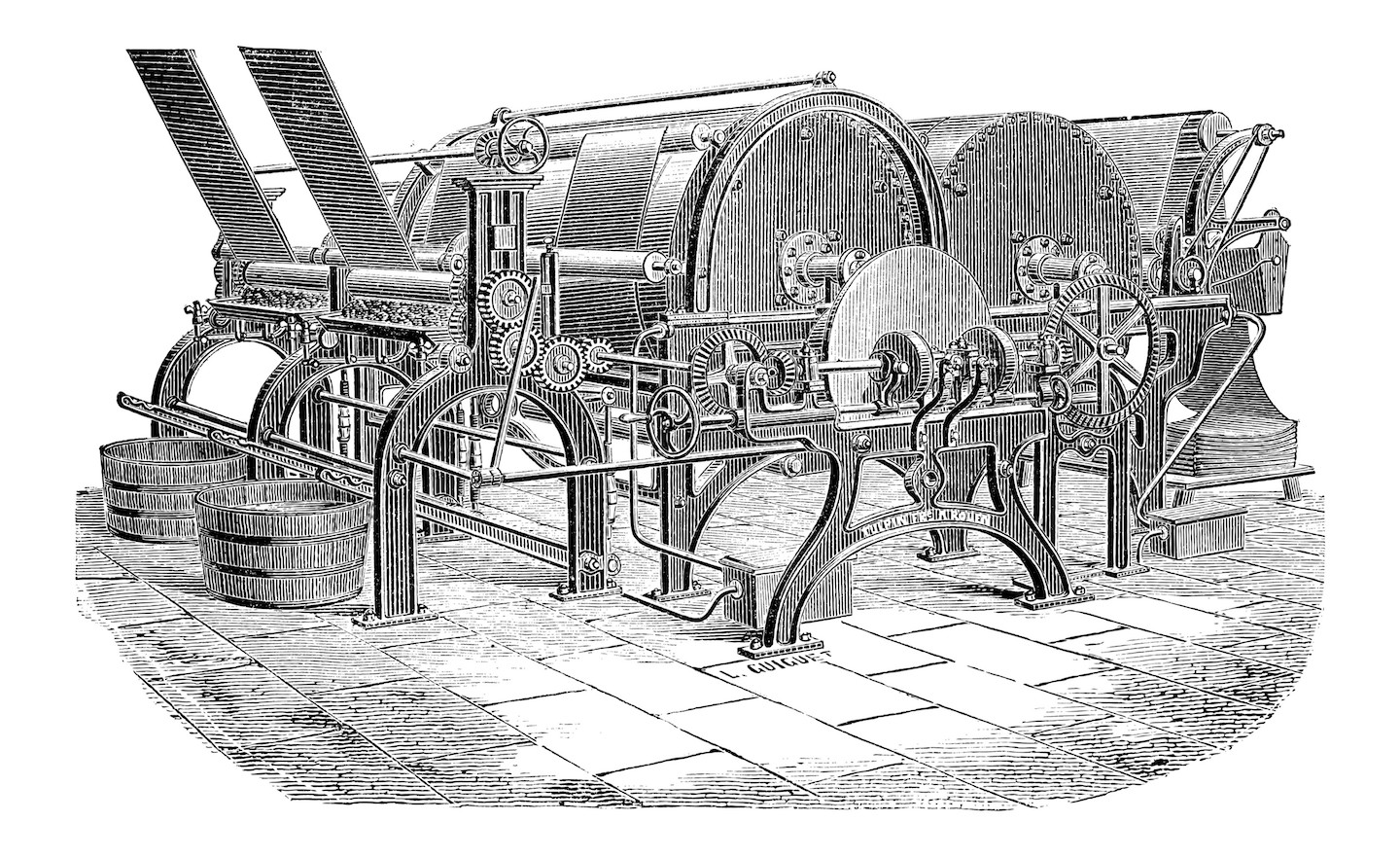 Does the packaging industry need to evolve what it already does well, or tear up the rule book and blaze a new trail? According to Easyfairs’ Senior Marketing Manager James Montero-MacColl, in this industry, there’s room for both
Does the packaging industry need to evolve what it already does well, or tear up the rule book and blaze a new trail? According to Easyfairs’ Senior Marketing Manager James Montero-MacColl, in this industry, there’s room for both
Packaging has a long history of innovation that stacks up against any other industry. This goes back thousands of years to when ancient humanity first used natural materials like animal skins and hollow gourds to store and transport food.
Fast forward a few thousand years and packaging is a thriving industry bursting with creativity – but how did we get here, and where do we go next?
These are both important questions. Looking forward, we can almost touch an exciting digitalised future, with Industry 4.0-ready packaging improving the lives of billions of consumers around the world. Looking backwards, we can learn important lessons about our 20th-century over-reliance on unnecessary plastic packaging, which consumed too many of our planet’s natural resources and contributed to a host of environmental problems
Change is required – and fortunately, it’s something the packaging industry is used to.
Small steps on the sustainability journey
As hosts of both Packaging Innovations & Empack and London Packaging Week, we see that change develops every year on our show floors. Often, it is a gradual evolution that takes a few years to mature. Over the last few years, this has been noticeable as businesses lean into sustainable packaging, driven by consumer preferences, retailer guidelines, and tightening legislation around the world.
‘Sustainability’ is a vague term that is often talked of as if it is an end goal. In fact, sustainability is an ever-evolving process. It’s a journey with no destination. As a result, sustainable packaging is highly iterative, driven by small improvements in material sourcing, supply chain efficiencies, chemistry, and design technology.
This means a number of small evolutions can add up to create a packaging revolution. Take water-based barrier coatings, for example. Five to ten years ago, they had almost no presence at our shows. Now, they are ubiquitous, and their improved performance unlocks new applications for recyclable and compostable packaging, for applications ranging from fresh produce to pharma, that simply would not have been possible just a few years ago.
Other innovations like recyclable metallised paper and biodegradable plastic mean that there are now more viable options than ever for packaging at end-of-life, without having to sacrifice product protection benefits. And let’s not forget completely novel solutions that use organic resources in new ways, such as Notpla’s seaweed-derived material.
Another area where the industry has evolved is in its structural packaging designs. New, lighter-weight, minimal-material solutions are increasingly popular, with a marked shift towards flexible packaging as a consequence. This means much of the industry’s R&D is focused on designing out waste by optimising pack designs as well as creating new materials – and both are viable avenues to explore.
A revolution is coming
Evolution happens continuously in the packaging industry. But sometimes, change happens suddenly in an explosion of innovation. This was the case during the first Industrial Revolution, when the invention of the Fourdrinier machine enabled companies to mass produce paperboard, and the humble cardboard box was born.
The fourth Industrial Revolution – ‘Industry 4.0’ – promises a similar leap forward for the industry, powered by AI and an interconnected digital supply chain. AI can help streamline digital supply chains by analysing trillions of data points to find the optimal route for materials and packaging shipments. It can inform better designs by collating and categorising consumer sentiments from surveys, pulling out key details and in-depth analysis and completing in seconds tasks that previously would have taken hours or days.
Perhaps most exciting, it can turbocharge the design process by complementing and inspiring human creativity. For example, it can deliver multiple rough interpretations of a design brief that a professional can then adapt and include in a pitch to a customer, inspiring new concepts for visual and structural designs. It can roughly estimate what a graphic design might look like applied to a different pack format, or with its colour palette adjusted, all with just a few quick prompts.
Imagine this sort of creativity applied across the packaging industry – premium drinks can provide hyper-personalised packs to consumers, while cosmetics brands can create more accessible and inclusive applicators tailored to individual consumers’ needs – and it can all be manufactured using minimal resources and shipped around the world as efficiently as possible.
When combined with other leaps in technology, such as low-cost RFID chips that can carry detailed information about individual packs and their contents, and fully automated end-to-end distribution centres that can run 24 hours a day, the potential of Industry 4.0 becomes clear.
By combining small steps with the occasional large leaps, the packaging industry can make real progress. Evolution and revolution can complement one another, where revolutionary new ideas are gradually innovated over time, and small iterations combine to create huge waves of change driving the packaging industry to a brighter future.
And there is no better place to experience these changes – big and small – than at London Packaging Week every year. It’s the packaging industry’s global celebration of innovation across the luxury, cosmetics, premium drinks, and consumer products markets.
www.londonpackagingweek.com









































































































